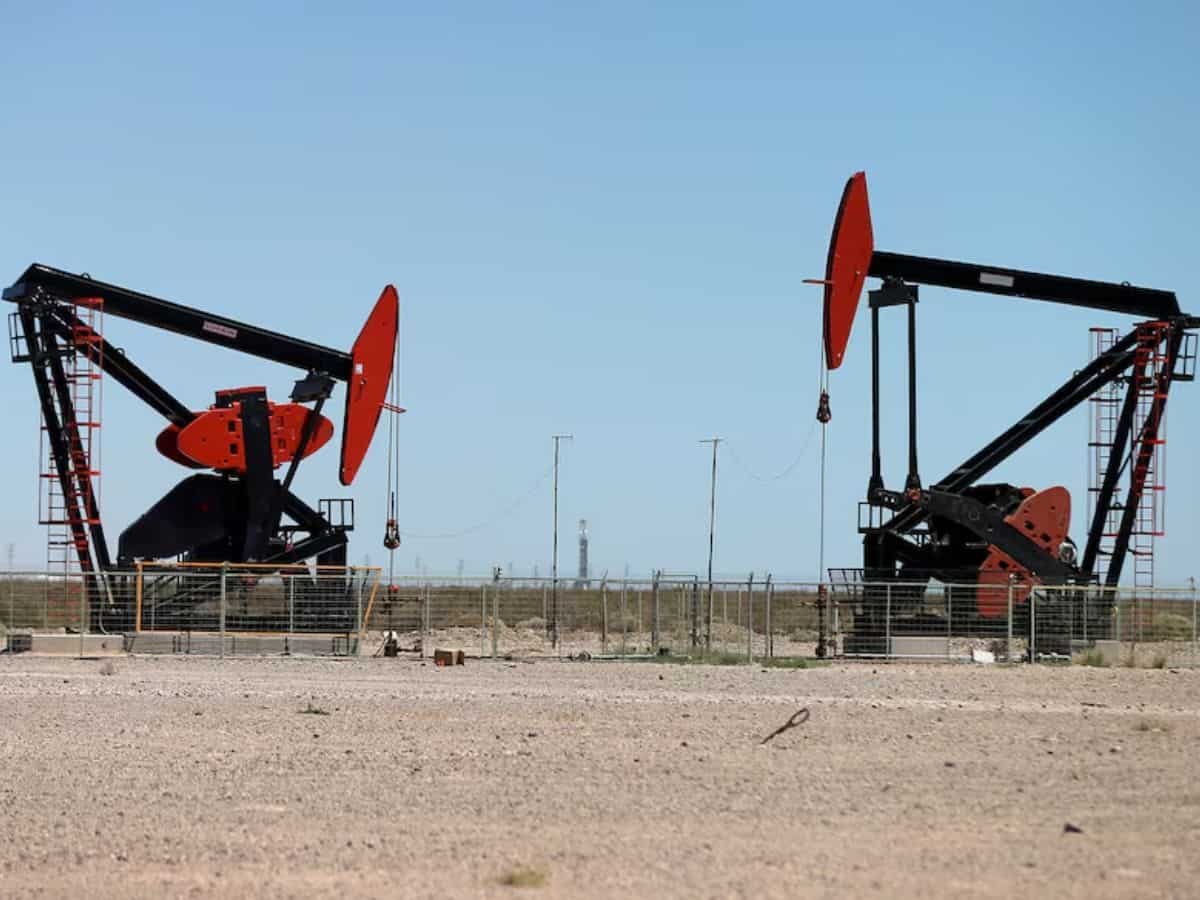Oil Markets Tense Amid Middle East Conflicts
Global oil prices exhibit significant fluctuation as Chinese economic data and ongoing conflicts in the Middle East heighten market sensitivities.
Published May 14, 2024 - 00:05am

Image recovered from zeebiz.com
Oil prices have seen marked changes recently, driven by a combination of improved economic signals from China, geopolitical tensions in the Middle East, and shifts in US monetary policy expectations impacting global trade. Brent crude and West Texas Intermediate (WTI) futures experienced price increases, with Brent crude rising to $84.24 a barrel and WTI inching up to $79.64. However, the market remains volatile, with possible rate cuts by the US Federal Reserve and the complex geopolitical landscape influencing investor confidence.
China's economic rebound has become a bullish factor for oil demand, with both exports and imports growing again after a previous contraction. Market analysts from ANZ Research highlighted China's demand strength as a positive sign for commodity markets. Meanwhile, a Bank of America forecast, televised by CNBC, raises alarms of a potential surge to $130 per barrel for Brent oil amidst an escalating military conflict between Iran and Israel, warning of significant production cuts by Iran.
On the geopolitical front, the lack of progress in halting hostilities between Israel and Hamas adds to the market uncertainty, as do the risks of wider Middle East involvement, particularly from Iran. Israeli operations in Gaza underscore the fluid security situation that directly impacts oil market sentiments. Despite Citi analysts' predictions of moderating oil prices with Brent averaging at $86 a barrel, geopolitical risks threaten to undermine this forecast.
Adding to the complexity, falling US crude inventories suggest heightened refinery activity, while Europe contends with attacks on Russian energy infrastructure amid the Ukrainian conflict, as reported by the state news agency RIA. Ample supply from OPEC+ and other producers could, however, dampen the price upheaval as markets adjust to the changing demand landscape.
The oil market's sensitivity to geopolitical trends continues as the recent rapprochement between the United States and Venezuela could introduce new dynamics. Washington's potential easing of oil sanctions on Caracas may lead to an increase in global oil supply, possibly influencing oil prices. Analysts speculate that this development might reduce the market's dependency on Middle Eastern oil, thereby altering the existing power balance within OPEC+.
Closer to home, in the United States, shale producers appear cautious despite rising prices, with a focus on debt reduction and shareholder returns instead of a rush to expand production. This discipline ensures that a sudden surge in US oil supply is unlikely, thus maintaining a tighter market. The growing emphasis on renewable energy sources and ESG compliance also plays a part in restraining the growth of fossil fuel production, aligning with global climate change objectives.
Moreover, the adaptation of the industry to the new energy landscape, marked by investment in carbon capture and storage technologies, as well as methane leak detection, reflects the sector's acknowledgement of environmental concerns. Experts suggest that the oil industry's proactive stance on adopting greener practices may enhance its public image and secure its place in the transition to a more sustainable energy mix.
The strategic petroleum reserves (SPR) of consumer nations have also affected market perceptions. Recent releases from SPRs were aimed at smoothing price spikes; however, future releases or replenishment strategies could signal governmental expectations regarding energy security and price stabilization, thereby affecting market psychology.
Fiscal policies in major economies are another factor to consider in oil price projections. With the global economy recovering from the pandemic, inflation has become a concern, prompting central banks to eye interest rate hikes. Such tightening of monetary policy typically strengthens the respective currencies, making oil more expensive in other currencies, potentially dampening demand.
Transportation patterns post-pandemic have also undergone changes, with some regions witnessing a slow return to previous levels of commuting and air travel, thus affecting oil consumption. The gradual shift to electric vehicles (EVs) is set to have longer-term implications for oil demand, with governments worldwide incentivizing EV adoption through various policies.
In summary, while factors like increased economic activity in China and the current state of geopolitical tensions contribute to the bullish sentiment in the oil market, a wide array of variables such as US-Venezuela diplomacy, producer discipline, green energy transitions, SPR strategies, global fiscal policies, and the evolution of transportation trends are converging to make energy market forecasts particularly complex. Stakeholders across the oil value chain must navigate these uncertainties with strategic foresight and flexibility to mitigate potential risks and capitalize on opportunities that may arise in a rapidly changing global landscape.







